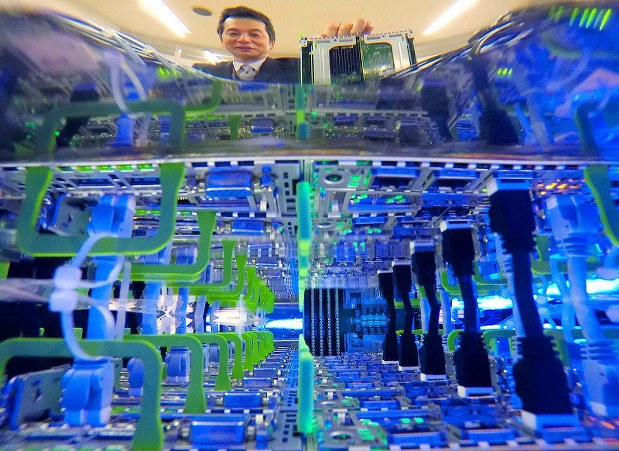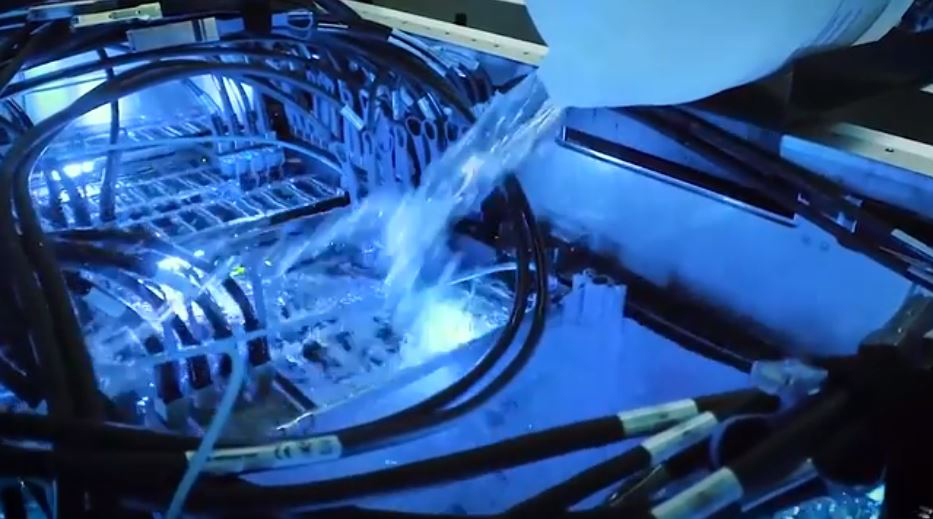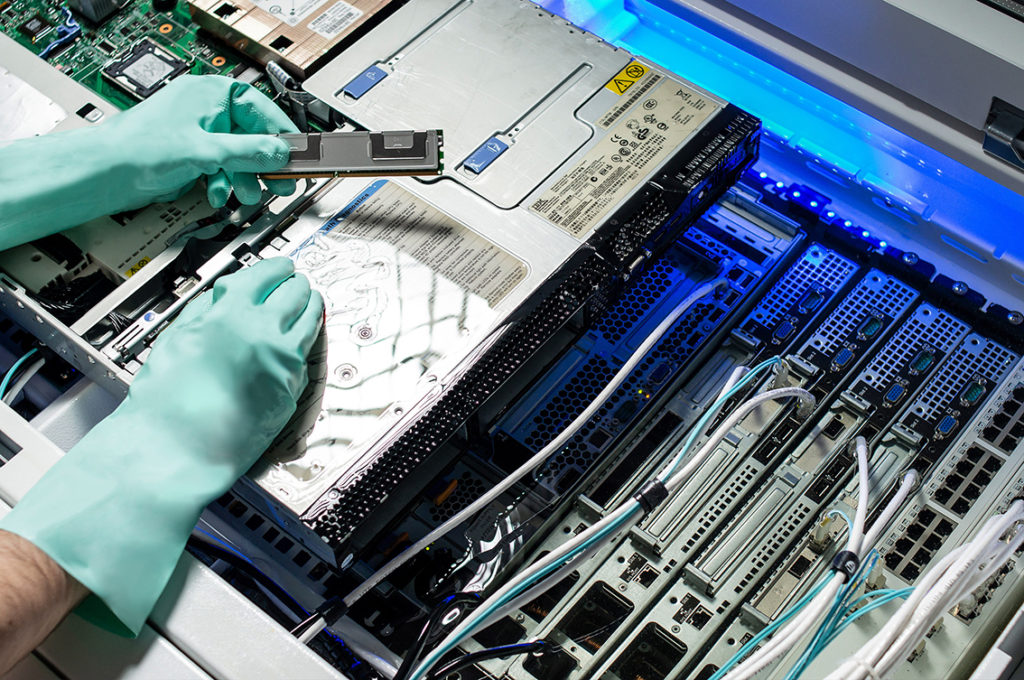A huge main trend is going on in the data center sector worldwide, moving forward boosting energy saving and related to the adoption of immersion liquid cooling solutions., which in Tempco have been already developed using TCOIL dimple jacket exchangers.
Giants in the field of IDC infrastructures on the Chinese market are already implementing immersion liquid cooling solutions since a few years now, achieving relevant energy savings along with a series of other advantages, compared to traditional air cooling systems.
We have already introduced the concept of PUE, defined as the ratio of the total amount of energy used by a data center facility to the energy actually delivered to computing devices. Today the PUE value is an important cost factor, even though not the only one, that data center architects must consider when evaluating the energy efficiency of an IDC, also becoming a necessary condition for compliance. Best practices already operating since 2018 demonstrate that the switch to immersion liquid cooling solutions can increase the energy saving by 12,8% in a data center, reducing PUE value under 1,09.
The achievable saving is even higher, because a liquid cooling system in data centers eliminate the use of server fans, increasing the energy efficiency up to 21,5% and reducing noise levels inside the IDC, turning it into a very quiet and efficient environment. Even more important is the benefit offered by the switch from air to liquid as heat dissipation fluid: liquids have indeed a higher heat dissipation rate compared to air. Thus the main advantage of immersion liquid cooling is that it allows to use a fluid at less low temperatures compared to the low temperatures required by air-cooled IDC scenarios. High capacity compressors of chillers can thus be eliminated, leading the way to the use of free cooling systems with significant energy saving on utilities such as chillers and HVAC.
In order to give an idea of the energy saving granted by a liquid-cooled solution, let’s make the example of a chiller that supply refrigerated water at 10° C with a thermal work of 105 KW and ambient air at 30° C. The compressor employs a 30 KW electric motor + pump (2,2 – 3 KW) + fans for the air condenser (approx. 4 KW). By eliminating the chiller using a free cooling solution, it will remain the pump and the fans’ power (maybe with a slight increase for the fans, by +5/10%), but the high power consumption of the compressor is completely eliminated.
In liquid cooling of IT equipments, the use of brazed plate heat exchangers also allows to separate the dielectric fluid from the cooling water, with a very narrow loss of temperature, thanks to the efficient thermal exchange rate of plate heat exchangers.
Further on, in liquid cooling of an IDC the value of PUE no longer depends on changes in the weather area of installation, so that the site selection for the data center can be based on its own business needs. In a liquid-cooled scenario the server is also sealed in container due to isolation, avoiding the effects of humidity, temperature and dust on electronic components, dropping the failure rate of hard disks by about 50%.
Immersion liquid cooling, using horizontal cabinets, also makes wiring easier to standardize. Some projects are also on development for robotic arms that support engineers and operators in liquid-cooled IDC by lifting equipment for routine maintenance, filling and replenishing operations.
Data center liquid cooling clearly requires a re-design of electric components and a proper selection of constructive materials employed, in order to be suitable for direct contact with the various kind of liquids that can be selected. Air cooling and liquid cooling will thus likely coexist for a long time still, but the proportion of immersion liquid-cooled solutions will gradually increase.
 By the way, the number of data centers around the world is constantly raising up, in order to satisfy the increasing computing power demand caused by the increase of big data amount, AI applications, cloud and edge computing, 5G. More and more, data centers will have to ensure higher energy efficiency and power savings, in great part relying on IDC infrastructure cooling costs, leading the way to a bright future for liquid cooling solutions.
By the way, the number of data centers around the world is constantly raising up, in order to satisfy the increasing computing power demand caused by the increase of big data amount, AI applications, cloud and edge computing, 5G. More and more, data centers will have to ensure higher energy efficiency and power savings, in great part relying on IDC infrastructure cooling costs, leading the way to a bright future for liquid cooling solutions.



